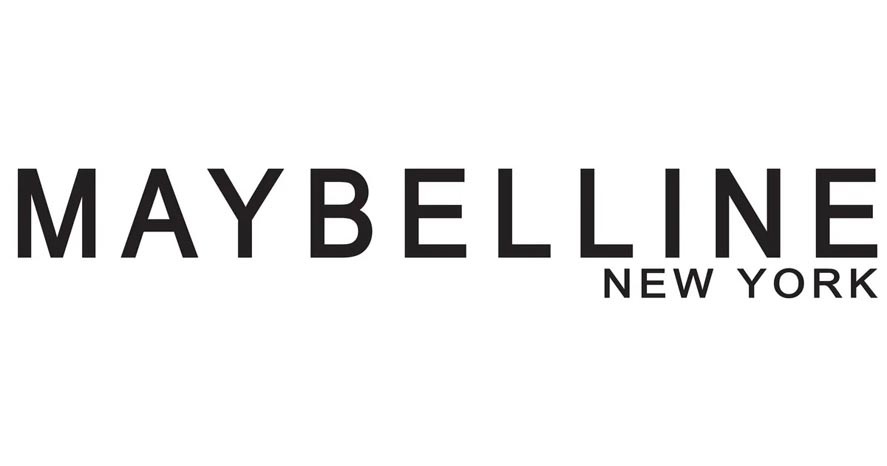Navigating the tumultuous waters of the global economy feels akin to embarking on a perilous voyage, where every wave carries conflicting signals akin to an urgent distress call. In the vast expanse of economic currents, the landscape appears both tranquil and tempestuous simultaneously. While the United States experiences a cooling off in inflationary pressures, consumer spending surges ahead at full throttle, creating a dizzying sense of contradiction.
But the rollercoaster ride doesn’t end there. The yen’s mercurial fluctuations add another layer of complexity, mirroring the unpredictable twists and turns of the economic tide. Meanwhile, halfway across the globe, South Korea’s semiconductor production reaches a crescendo, marking a notable high amidst the turbulent seas of global manufacturing.
In the face of such turbulence, one thing is certain: brace yourselves for the unpredictable journey ahead. Strap in tight and hold on, for the voyage through the choppy waters of the global economy promises to be nothing short of an exhilarating, if tumultuous, adventure.
A Glimpse into Uncle Sam’s Wallet
In the heart of the United States, the economic scene is akin to a finely orchestrated symphony, with the Federal Reserve conducting the rhythm of inflation with precision. After a fervent start in January, the inflationary pulse took a momentary pause, as if the economic thermostat had finally settled on a comfortable setting. Meanwhile, consumers, fueled by optimism and resilience, unleashed a spending spree that surpassed all expectations. Their voracious appetite for goods and services served as a potent fuel, propelling the economy forward with the force of premium-grade fuel igniting a high-performance sports car.
However, amidst the economic crescendo, a sudden plot twist emerged—a major bridge in Baltimore plunged unexpectedly, disrupting the smooth flow of logistical operations. This unforeseen hurdle threatened to reroute shipping patterns for months, casting a shadow of uncertainty over the transportation sector. Yet, in the face of adversity, the resilience of American ingenuity shone through. Businesses swiftly devised innovative solutions and implemented workaround strategies, ensuring that the disruption remained a mere hiccup rather than a catastrophic setback. Adaptation and agility emerged as the guiding principles, allowing the U.S. economy to navigate through turbulent waters with unwavering determination.
Wealth Plays Musical Chairs
Taking a step back to survey the broader economic panorama, it becomes evident that wealth isn’t simply stagnant; it’s dynamic, moving and swaying like dancers on a ballroom floor. Since the onset of the pandemic, the economic landscape in America has undergone a transformation, with wallets bulging and fortunes shifting. However, this newfound prosperity hasn’t been distributed uniformly. While the bottom 90% of earners have seen their wealth expand, the upper echelons of society, particularly the top 0.1%, may find themselves needing to exercise fiscal restraint. This disparity underscores the fluidity of the economic narrative, which unfolds with twists and turns akin to those in a gripping primetime drama.
Venturing across the Pacific to Asia, Japan’s currency, the yen, has assumed a coy demeanor, reaching heights that have prompted officials to contemplate intervention in the currency market. Like a team of superheroes poised for action, policymakers stand ready to intervene and stabilize the currency’s trajectory. Meanwhile, in South Korea, the semiconductor industry is experiencing a meteoric rise, signaling a robust resurgence in a sector that serves as the lifeblood of the tech world.
Turning our gaze Down Under, Australia finds itself navigating through economic turbulence, with retail sales exhibiting a momentary slowdown. Against the backdrop of rising prices and interest rates, consumers are exercising caution, closely monitoring their spending habits and maintaining a vigilant eye on their financial well-being.
European and Emerging Market Check-In
In the European theater, the economic stage is alive with action. Germany’s job market stands as a bastion of resilience amid the prevailing economic uncertainty, showcasing unwavering strength in the face of adversity. Meanwhile, Sweden’s central bank adopts a strategic stance, hinting at potential interest rate adjustments aimed at delicately nudging the economy forward.
Across the Channel, France finds itself wrestling with budgetary challenges, presenting President Macron with the formidable task of conjuring up innovative solutions to address fiscal deficits and maintain economic stability.
In the realm of emerging markets, China’s reliance on Guinea for bauxite underscores the intricate web of global trade dynamics and the critical importance of securing essential raw materials.
On the monetary front, central banks worldwide are engaged in a delicate balancing act, striving to support economic growth while simultaneously combating the specter of inflation. From the unexpected rate cut in Sri Lanka to Hungary’s cautious monetary maneuvers and Nigeria’s bold interest rate hike, it’s evident that central bankers are rewriting the playbook in real-time, adapting their strategies to navigate the ever-evolving economic landscape.


















































































